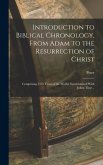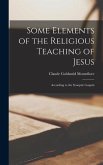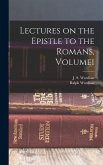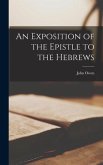John Calvin's use of the Bible was so powerful in sermons, commentaries, and theology because of the necessary step he takes to bridge the time gap from the ancient Scriptures to his audience in 16th Century Geneva. When the interpreter takes this step, the words of the Bible convey the Word of God authentically to contemporary people. For Calvin the hermeneutical bridge is historical typology, identifiable in his sermons, commentaries, and theology (Institutes of the Christian Religion). In the larger context of Biblical interpretation (the hermeneutical circle), historical typology distinguishes Calvin from seven other distinct approaches to the Bible. In the context of Church history, Calvin differs from his predecessors who approached the Bible looking for timeless truth concepts; he also refuses to separate the literal from the spiritual/figurative sense of Scripture, as his forebears had done. In the context of modern Calvin scholarship, we have to check for our own assumptions about the Bible which may keep Calvin from speaking with his own voice. Calvin's hermeneutical bridge was crucial to his role in reforming Church and culture during the Protestant Reformation. He is helpful today, too, because we are in the midst of an epochal paradigm shift as he was, and Christians face the same issues in the 21st Century that he faced in the 16th Century.








